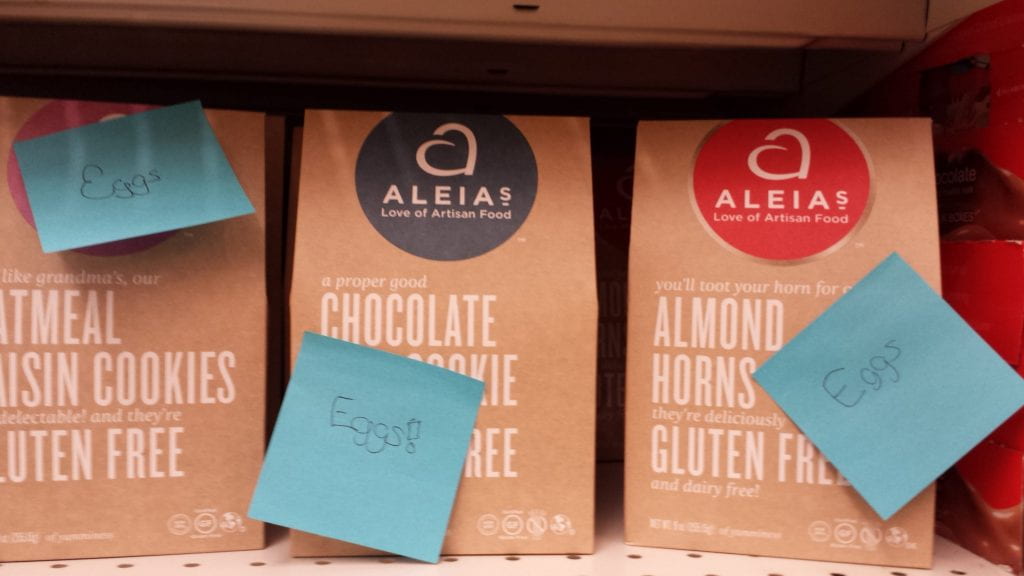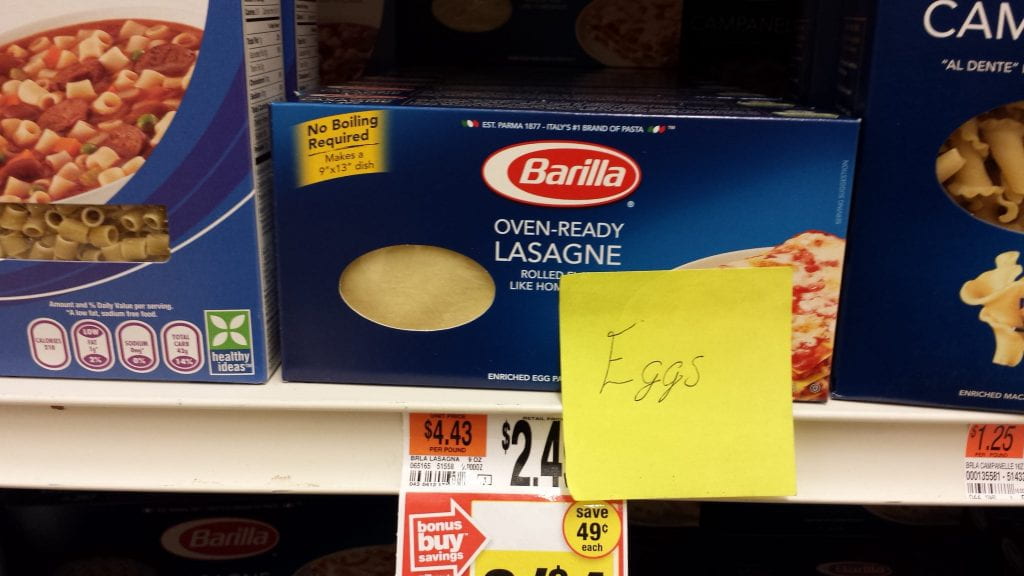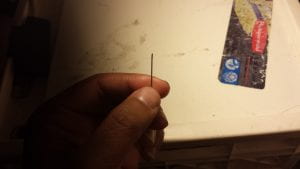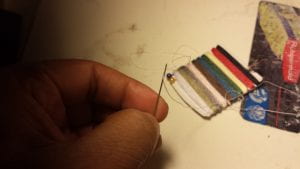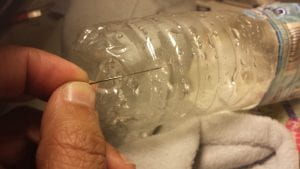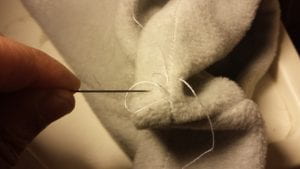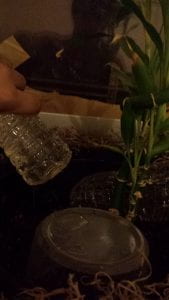Idea: You are the financial accountant of a mythical kingdom of magic and monsters. The country is slowly rebuilding its economy after a massive civil war, and the new king has, wisely, taken a loan from the Dragon beneath the capital. The dragon is quite open-minded, of course- all it wants in return is peace and, of course, a return on its investments. Your job is to report the kingdom’s financials to the dragon, lest it grow impatient with the King.
Your job:
You receive requests for funds from all sorts of government employees. These requests require…
– the correct insignias
– the proper signatures
– a specific format
If the request has all these elements, you must determine the TYPE of expenditure that is requested. It could be…
– a lump sum
– a loan
– an investment
You must then organize these sums on a balance sheet.
Sounds like fun, right?
Each object will have a timer during which the request is “Relevant.” The player must organize these expenses in Assets (Current and Non-current), and Liabilities/Equity.
These two must balance- in order to do so, the player can also create finance block as well.
I’m currently trying to build this in Unity with a system of movable blocks.



